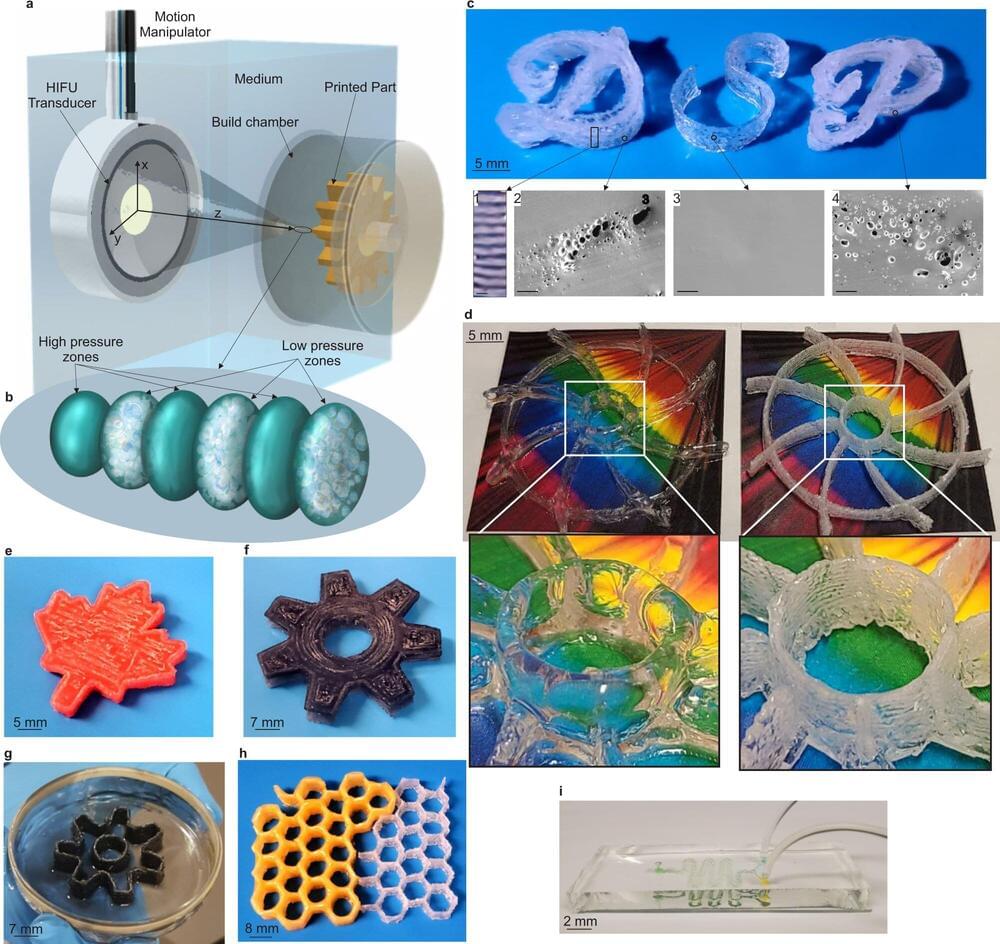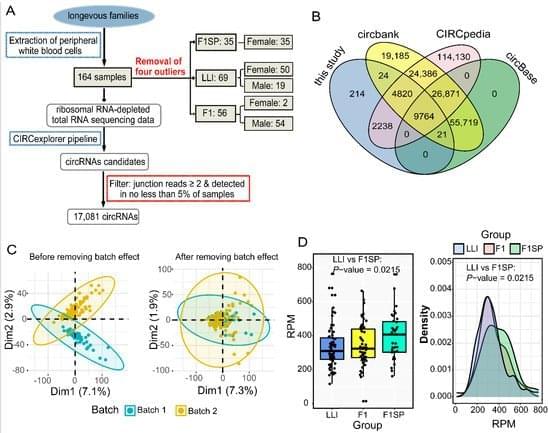Musk’s focus on asking and answering the right questions has played a major role in the Tesla CEO’s success, as recently reported by Inc.com. With the billionaire’s net worth floating around $200 billion, even critics have to admit that a few different factors put Musk in that position, and his business savvy is definitely one of them.
Beyond being a founder of both Tesla and SpaceX, Musk’s brands have increased mainstream awareness of both EVs, a necessary step forward for the climate, and for space exploration, a huge and growing industry, for lack of a better description.
But asking the right questions is central to Musk’s ethos as a CEO, and he’s revealed this time and time again. Musk’s leadership style has discouraged the chain of command mentality in favor of the free flow of information, and he has used this to encourage anyone to search for the right questions at the right times — a strategy crucial to Musk’s approach.








